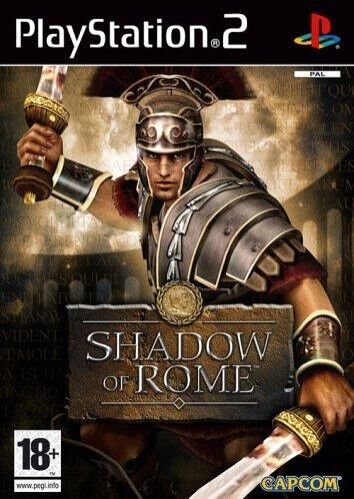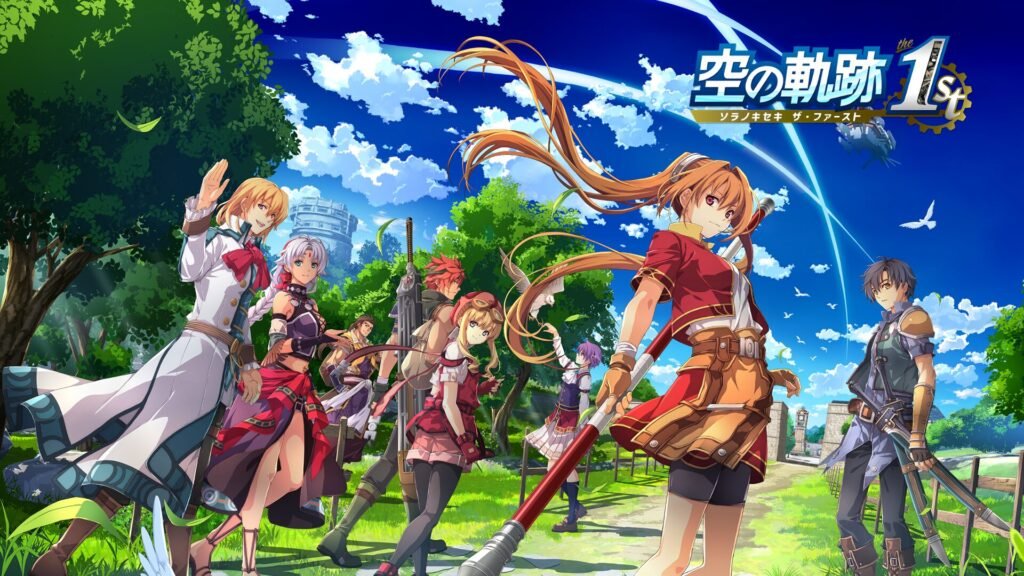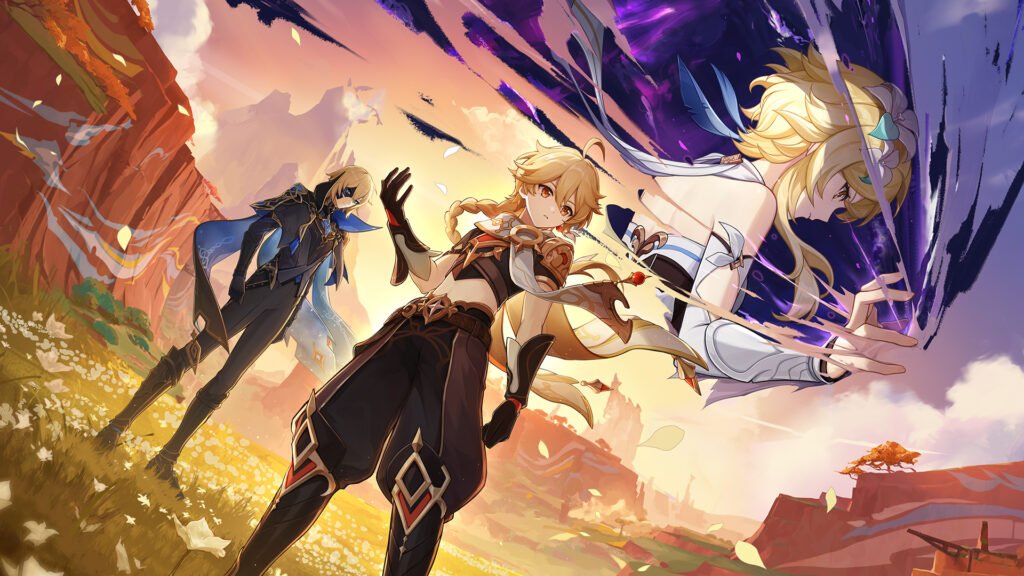Released in 2005 by Capcom, Shadow of Rome for the PlayStation 2 stands as a unique and ambitious venture into historical action-adventure gaming. Melding brutal gladiatorial combat with stealthy intrigue set against the backdrop of ancient Rome, this title offers a multifaceted experience that pushes the boundaries of storytelling and gameplay and is a hidden gem in anyones Playstation library.
On This Page
Story
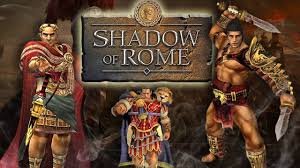
Shadow of Rome introduces players to the tumultuous period of Julius Caesar’s assassination and the subsequent power struggle in ancient Rome. The narrative unfolds through the perspectives of two protagonists, Agrippa and Octavianus, each offering a distinct viewpoint on the unfolding events. Agrippa, a mighty gladiator, provides the player with visceral combat experiences, while Octavianus, a more strategic and stealth-focused character, unveils the political intrigue behind the scenes.
The narrative’s strength lies in its historical grounding and the intertwining of personal and political struggles. The player is not only a witness to the events but an active participant in the unfolding drama. The depiction of society in Rome, from the opulent arenas to the clandestine corridors of power, adds depth to the storytelling. The game’s commitment to historical accuracy, while embellished for dramatic effect, contributes to an immersive experience.
Following the assassination of Julius Caesar, a man named Vispanius is accused of the murder and scheduled for execution. His execution is delayed, and a gladiatorial tournament is devised across the empire with the winner being the one to execute Vispanius the murderer of Caesar. Upon hearing this news Agrippa, the Centurion, the son of Vispanius returns to Rome from combatting the Germanic armies to the Northeast.
Upon his return to Rome Agrippa finds that his father’s execution is delayed but his mothers is not. He attempts to save his mother Vipsania but she is killed by Decius Brutus during the escape, Decius then defeats Agrippa in combat and just before he and Caesars nephew Octavianus can be arrested they are saved by a mysterious woman on a chariot. She introduces herself as Claudia a female gladiator who fills them in on the situation and says her brother Sextus runs a gladiator training camp that can allow Agrippa to join the tournament and save his father. Octavianus however stays in Rome to investigate the murder further.
The game then unfolds switching between impressive battles in the arena and stealth investigation sections. The story has twists and turns at every single corner and that is not hyperbole, this story is too intricate to fully spoil for you here. But if you want decent stealth sections, fast paced combat, political conspiracies, murder mysteries and plot twists all while set in Ancient Rome then this game is one to try.
The epilogue set up the sequel and shows two characters who act as messangers in Rome Iris and Charmain discussing that it is time to tell their mistress they have “reached the end of the beginning”. Unfortunately, however this second game although planned never came.
Gameplay
Shadow of Rome divides its gameplay between two distinct styles: brutal combat and stealthy infiltration. The gladiatorial combat, featuring Agrippa, is a visceral and satisfying experience. Players engage in frenetic battles in the grand arenas, facing off against a variety of foes. The combat system was intuitive at the time, offering a mix of light and heavy attacks, blocks, and counters, as well as having a good variety of weapons, from standard swords to exotic tridents, which adds spice to the gladiatorial encounters.
On the flip side, the stealth segments with Octavianus inject a different pace into the gameplay. Navigating shadowy corridors, avoiding detection, and employing stealth kills create a tense and strategic experience. These segments could have been better even for the time and can be quite tedious. The game successfully transitions between the two gameplay styles, keeping the player engaged and invested in both the physical and political aspects of ancient Rome.
Shadow of Rome maintains a healthy dose of mission variety to keep players engaged throughout the game. The gladiatorial combat segments offer diverse challenges, from one-on-one duels to larger-scale battles against hordes of enemies. The game introduces creative scenarios, such as chariot races and arena challenges, that break the monotony of standard combat encounters.
The stealth missions with Octavianus provide a different flavour, emphasising strategy and patience over brute force. Infiltrating enemy compounds, avoiding patrols, and solving environmental puzzles keep the gameplay fresh and dynamic. The balance between these two gameplay styles prevents the experience from becoming repetitive and showcases the game’s commitment to diversity.
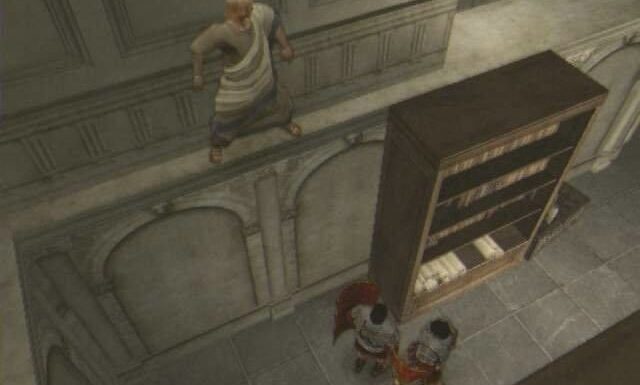
Graphics and Sound
For its time, Shadow of Rome boasts impressive visual design. The character models are detailed, and the arenas are grandiose, capturing the spectacle of Roman gladiatorial events. The attention to historical accuracy extends to the architectural design and the depiction of everyday life in ancient Rome. The environments, whether in the crowded streets or the opulent palaces, contribute to the game’s immersive quality.
The use of dynamic lighting and shadows adds a layer of realism to the visuals. The gladiatorial arenas, in particular, are stunningly realised, with the interplay of sunlight and shadows enhancing the atmosphere of these deadly battlegrounds. The gore and brutality of combat are depicted with a level of detail that emphasises the harsh reality of gladiatorial combat.
The audio design of Shadow of Rome complements the visual experience, immersing players in the soundscape of ancient Rome. The clash of weapons, the roars of the crowd in the arena, and the ambient noise of the city create a vivid auditory backdrop. The voice acting is commendable, with characters delivering lines with conviction, contributing to the overall narrative immersion.
The soundtrack, while not as memorable as some other titles, effectively sets the tone for different moments in the game. The music enhances the grandeur of the arenas, intensifies the suspense during stealth sequences, and punctuates key narrative moments. The cohesive integration of sound and music amplifies the emotional impact of the gameplay.
Voice Acting
Researching into this game unveiled one of the most stellar voice acting casts I have seen in a game.
- Octavanius is voiced by Scott Menville who also voiced characters in animated series like The Flinstones, Ben 10, Batman, Scooby-Doo and The Land Before Time as well as voicing Marlton Johnson in Call of Duty Black Ops 2 Zombies
- Cicero is voiced by Peter Renaday who also voiced Master Splinter in the original Teenage Mutant Ninja Turtles series,
- Charmain is voiced by Jennifer Hale who holds the Guinnes World Record for the most prolific video game voice actress voicing the likes of Commander Shepard (Mass Effect), Bastilla Shan (Knights of the Old Republic), Samus Aran (Metroid), Rivet (Rachet and Clank)
- Iris is voiced by Heather Halley who also voiced Para-Medic across the Metal Gear series,
- Decius Brutus and Vipsanius is voiced by Daniel Riordan who also voiced Detective Mackey in Spider-man (2018) and the world eater dragon Alduin in The Elder Scrolls V:Skyrim
- Vipsania is voiced by Moira Quirk who also lends her voice to Karliah in The Elder Scrolls V:Skyrim and the internet breaking character from Hogwarts Legacy Professor Garlick,
- Marcus Antonius is voiced by Chris Cox who also voiced characters in 114 episodes of Family Guy and multiple voices across the Gears of War series including former UIR soldier Garron Paduk
- Brutus is voiced by Cam Clarke who also voiced Leonardo in the original Teenage Mutant Ninja Turtle show, He-Man in the Masters of the Universe series 2002-2004, Mark Howard in Clifford the Big Red Dog, Sky in Jade Empire, Subject Sixteen in the Assassins Creed Series, Dr Mobius in Fallout New Vegas, and Liquid Snake in Metal Gear Solid 2
Historical Accuracy
Shadow of Rome makes a commendable effort to capture the essence of ancient Rome, both in its grandeur and its darker aspects. The gladiatorial arenas, the bustling streets, and the decadent palaces are rendered with attention to detail. The game incorporates historical elements, such as the political machinations surrounding Julius Caesar’s assassination, providing players with a taste of the complexities of Roman society.
While the historical accuracy is embellished for dramatic effect, the game’s commitment to immersing players in the cultural and political climate of the time is evident. The inclusion of historical figures and events adds a layer of authenticity, making Shadow of Rome an action-adventure journey through history.
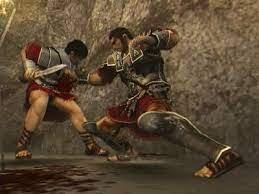
Conclusion
Considering the hardware limitations of the PlayStation 2, Shadow of Rome showcases technical achievements in both its visual and gameplay design, with a fantastic voice cast. The seamless transition between combat and stealth segments, the detailed character models, and the dynamic environments demonstrate the developers’ adeptness at maximising the capabilities of the platform. But despite all of this and reviewing pretty well getting a 75/100 on Metacritic, 8.2/10 from Gamespot and a 4-star review from Official US Playstation Magazine, Shadows of Rome ultimately just didn’t sell well enough, and the proposed sequel was scrapped with Capcom focusing instead on Dead Rising.
Joys
- Fun combat
- In-depth and intriguing storyline
- Unbelievable voice cast
Cons
- Stealth mechanics a bit tedious and samey
- Could do with a little refinement in the controls
